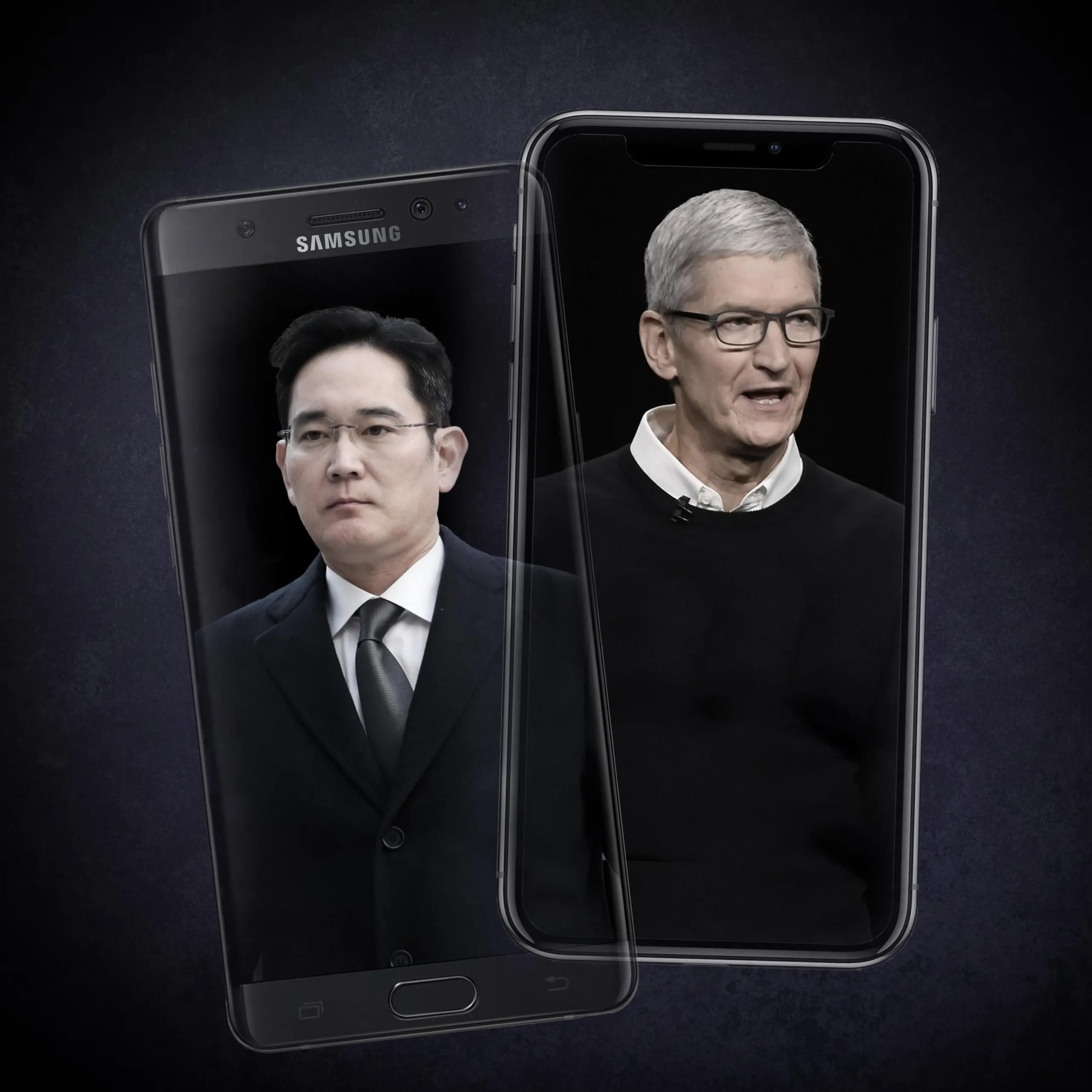More than a decade after Apple’s iPhone 6 reshaped the U.S. smartphone market, the rivalry with Samsung is back — and once again, it’s all about screen innovation.
According to Canalys, Samsung’s U.S. market share jumped from 23% to 31% in the second quarter of 2025, while Apple slipped to 49% from 56%. Apple remains the U.S. leader, but the drop highlights its first real turbulence in years.
Samsung’s momentum is fueled by its diverse lineup, ranging from $650 budget phones to the $2,400 Galaxy Z Fold 7. The Z Fold, which unfolds into a tablet, and the Z Flip, a modern take on the classic flip phone, have gained huge traction online. Durability tests, including a viral livestream of the Fold being bent 200,000 times, helped generate over 50,000 social media mentions last month — 83% of them positive or neutral, per Sprout Social.
Apple, meanwhile, continues to rely on its familiar design, offering four iPhones priced between $829 and $1,599. Analysts expect change soon: a slimmer iPhone could arrive as early as next month, while a foldable model may debut in 2026.
The competition reflects a broader shift. Samsung leverages its wide product range, from entry-level to premium, while Apple positions its brand at the high end. With tariffs and changing consumer preferences reshaping the industry, both giants are racing to define the next era of smartphones.

